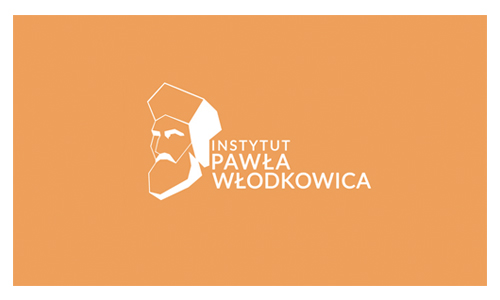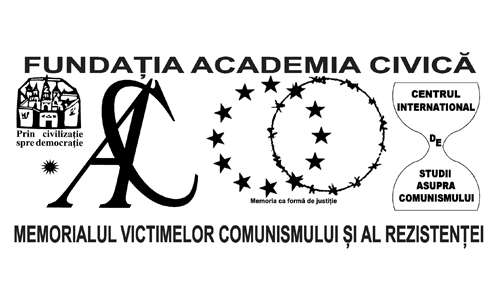About the project
Monuments, as objects intentionally placed in visible places of public space, are an extremely interesting source of knowledge, not so much about the past - but about the way it was thought of, or more - how people wanted to tell about it. The purpose of the monuments is to commemorate people and events that are important for the local community, or for the entire nation. They are intended to pay tribute to those who deserve it, to preserve the memory of particularly important events, or to restore the memory of the forgotten. Sometimes they become an element of conscious manipulation and are meant to change the way people perceive the past.
The long-lasting presence of monuments in public space makes it necessary to pay attention to the different stages of their lives: from the circumstances of their creation, through their later fate, to their contemporary meaning.
The circumstances surrounding the creation of the monuments are probably the most important moment in their lives in public space. Knowing the intention that accompanied their creation, the people responsible for choosing the final appearance of the monument, what was presented on it, and what is inscription on it, explains most about what and why they wanted to tell through the monument. And sometimes also about what they wanted to keep silent/concealed.
The way in which the monument functioned in public space in the years following its unveiling is an excellent opportunity to see what the initiators of its creation wanted to communicate. How consistent they were in organizing the ceremonies at a given monument and, what seems most interesting, how the sense attributed to the monument changed. It often happened that, over time, the monument not only lost its importance, no longer being a place for regular ceremonies, which meant that its original meaning was forgotten - or even deliberately sentenced to oblivion, because the persons/events it commemorated were no longer important for the authorities or the local community. Then, it became once again an important meeting/manifestation place, referring not to the original theme that the monument presented, but to the meaning that was given to it anew - in the new socio-political situation.
All this together makes the monuments an important indicator of changes in collective memory. Looking at their history - from the circumstances of their creation through their later fate - they can be used to learn and understand the history of a country.

















